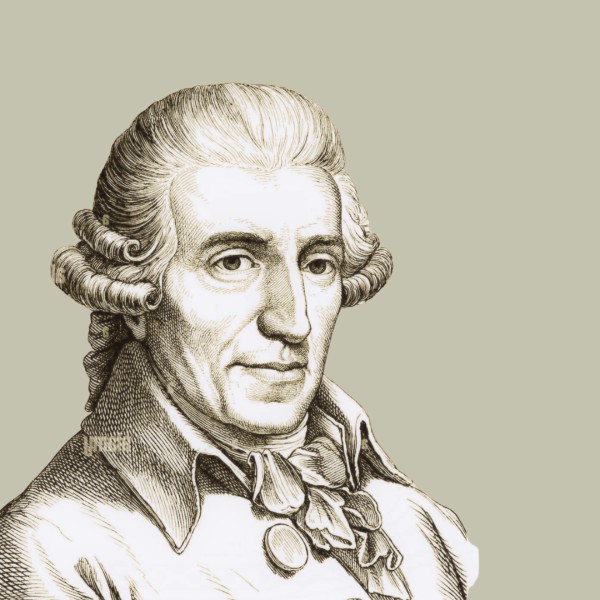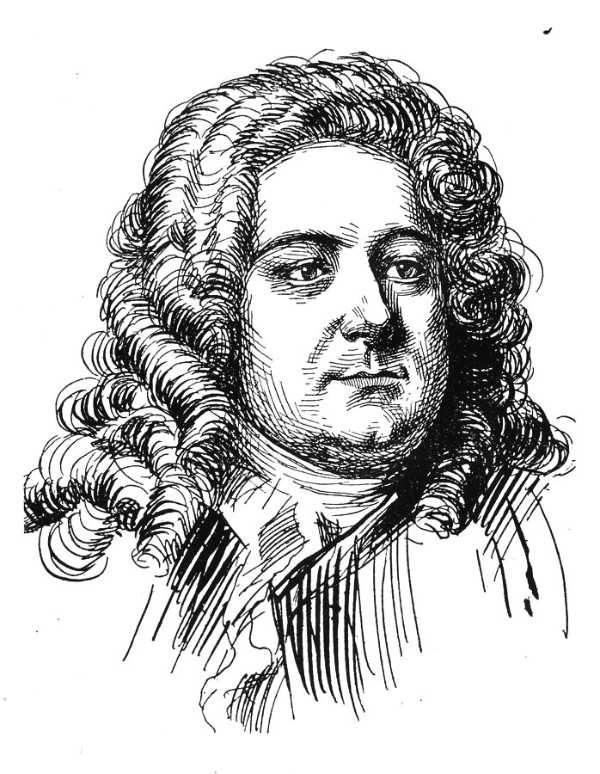Darius Milhaud, one of the most prolific composers of the 20th century, died on 22 June 1974 in Geneva, Switzerland. A highly original, imaginative, and influential composer, Milhaud became famous for his innovative use of polytonality and his incorporation of jazz and Brazilian musical elements into his works.
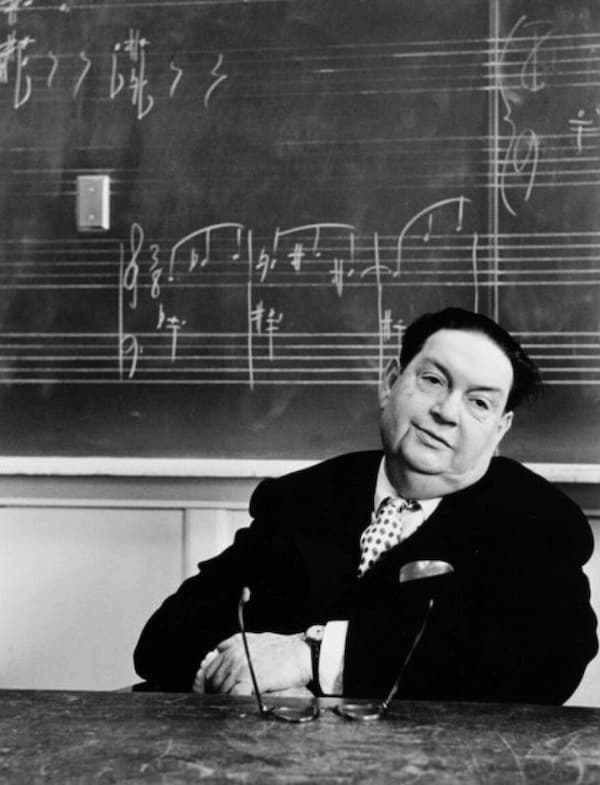
Darius Milhaud
A key member of “Les Six,” a group of composers who sought to redefine music in the early 20th century, Milhaud is remembered as a boundary-pushing composer who brought new sounds and ideas to classical music.
Milhaud suffered from poor health for much of his life, but he was incredibly productive. In fact, he composed over 400 pieces of music, including operas, ballets, symphonies and chamber works. To honour this incredible artist, we have decided to feature 10 of his most colourful works.
La création du monde, Op. 81 (1923)
In the 1920s, Milhaud found himself in Harlem, soaking in the sights and sounds of African-American jazz clubs. He was completely enchanted by this vibrant and electrifying music, its syncopated rhythms, bluesy melodies and wild improvisations.
He quickly saw the potential and decided to compose a short ballet where jazz meets mythology in the most unexpected way.
Milhaud’s ballet isn’t about the Biblical creation story; it is based on African legends. There are no angels and harps, but a tight jazz ensemble with the music slinking and grooving, all layered with melodies and harmonies in multiple keys at once. The work is a cosmic jam session from a time when jazz was still completely new.
Le bœuf sur le toit, Op. 58 (1919)
With the Roaring Twenties in Paris in full swing, Milhaud burst onto the scene like a samba-dancing cow crashing a fancy cocktail party. To be sure, Le bœuf sur le toit (The Ox on the Roof) sounds like a tipsy carnival parading through a Paris nightclub.
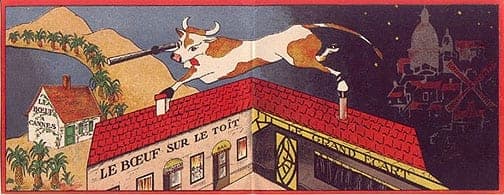
Darius Milhaud: Le bœuf sur le toit advertising card
Inspired by Brazilian tunes he soaked up while living in Rio, Milhaud stitched together a wild patchwork full of rhythms, unpredictable mood swings, and melodies that sound like they are tripping over themselves at the same time.
Originally, it was background music for a silent film, but it quickly took on a life of its own. The music races along like a cocktail-fuelled chase scene, changing keys constantly, with the orchestra asking, “Are we still in the same song?”
Suite for Clarinet, Violin, and Piano, Op. 157b (1936)
I just love the Suite for Clarinet, Violin, and Piano as it sounds like a trio of friends who couldn’t agree on what kind of party they were throwing. The clarinet is the jokester, always slipping in sly glissandos and jazzy quips.
The violin tries to keep things classy and dramatic, but keeps getting dragged into a dance party it didn’t sign up for. Meanwhile, the piano is the glue trying to hold it all together.
Each delightful movement has its own personality, like a little musical sketch comedy. One minute it’s a breezy Parisian stroll, the next it’s a café argument turned tango. Milhaud’s love for unexpected key changes and rhythm hiccups keeps everyone on their toes. It’s smart, stylish, and slightly unhinged—just the way we like it.
Saudades do Brasil, Op. 67 (1920–21)
Darius Milhaud: Saudades do Brasil, Op. 67 (Alexandre Tharaud, piano)
Saudades do Brasil is Darius Milhaud’s love letter to Brazil. But it’s not the kind of letter you write after drinking too much strong coffee. Each of the 12 dances is named after a neighbourhood in Rio de Janeiro, but don’t expect polite travel postcards.
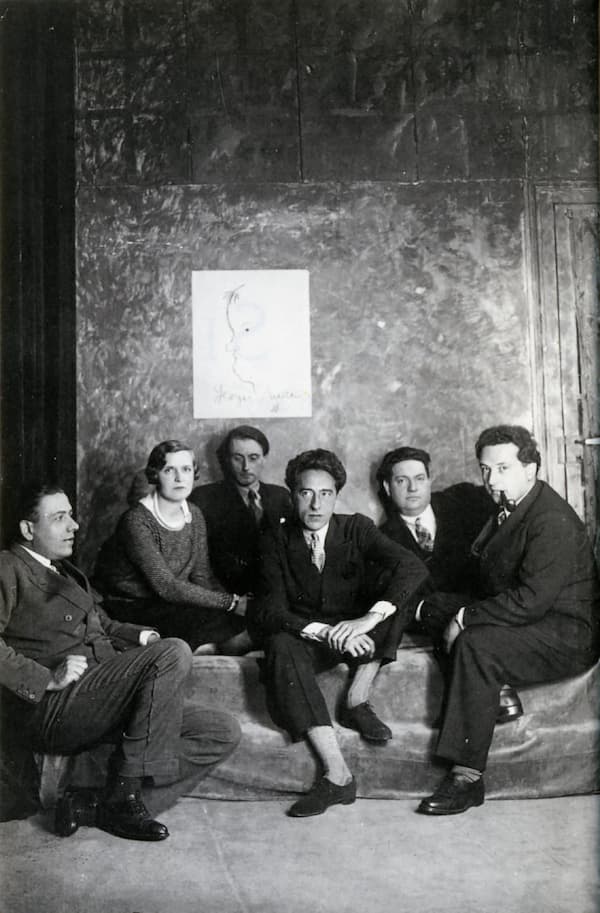
Les Six
Instead, Milhaud delivers a whirlwind tour led by a hyperactive tour guide who’s a little too enthusiastic about syncopation and surprise key changes. The music zigs and zags, tossing samba rhythms like confetti.
But it’s not all chaos, as the melodies sound sunny and upbeat. Milhaud is trying to capture the energy of Brazil, and the result is colourful, dizzying, and simply irresistible. It’s a musical vacation where you never have time to unpack.
Suite Provençale, Op. 152b (1936)
What do you think will happen when a French composer raids the folk tunes of southern France and throws them into a blender? Exactly, you’ll get Milhaud’s Suite Provençale, a musical village festival where the wine flows freely and the dancing never stops.
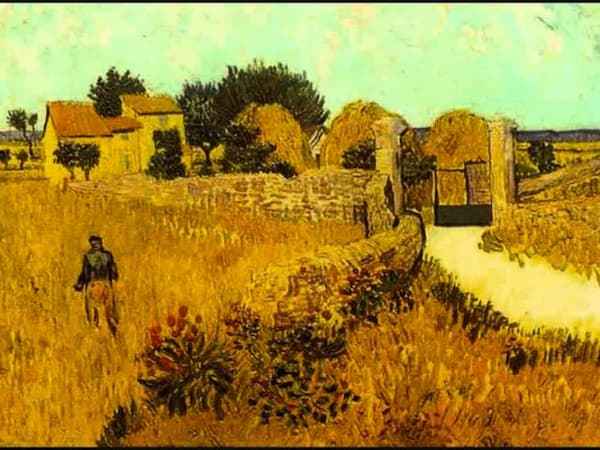
Darius Milhaud: Suite Provençale
Drawing on melodies from the region, Milhaud turns what could’ve been a charming postcard into a full-blown musical parade, complete with sideways harmonies and a band that occasionally seems like it’s trying to race itself.
The movements bounce along like a rustic train with squeaky wheels and no clear schedule. Sometimes the music feels like it’s skipping through lavender fields, other times it’s stomping around a barn in clogs after two glasses too many of pastis. But underneath the mischief, there’s real love as Milhaud grew up in the region, and you can hear the warmth in every playful phrase.
Concerto for Piano and Orchestra No. 1, Op. 127 (1930)
Darius Milhaud: Piano Concerto No. 1, Op. 127 (Philippe Entremont, piano; Paris Conservatoire Orchestra; Darius Milhaud, cond.)
The 1st Piano Concerto by Darius Milhaud is not your average concerto. Instead, it’s like a glorious musical juggling act performed by a piano that’s overcompensating for having skipped the morning coffee.
From the very first measures, Milhaud hands the soloist a flaming baton. The piano part is pretty wild, witty, and relentless, as if racing against the orchestra to see who can change keys and moods faster.
At one moment, it’s throwing jazzy punches, and the next, it’s spinning off into dreamy, off-kilter lyricism like it just remembered it has feelings. Milhaud blends classical structure with jazz rhythms, sudden tempo changes, and harmonic curveballs that practically wink at the listener. To me, it has all the energy of a Parisian taxi ride, unpredictable and occasionally mischievous.
Suite d’apres Corrette, Op. 161 (1937)
The Suite d’après Corrette is the musical result of Milhaud crashing a Baroque garden party and spiking the punch with jazz. It is based on themes by 18th-century composer Michel Corrette, and this suite starts off elegantly with a powdered wig.
Within seconds, however, it’s winking, shimmying and playing hopscotch over the centuries. Milhaud takes Corrette’s genteel melodies and gives them a joyful shake, tossing in his signature polytonality and rhythmic mischief.
The suite is both respectful and ridiculous in the best possible way. It is like a Baroque impersonation that gets carried away and ends up breakdancing. A delightful time warp with a French accent.
Chamber Symphony No. 5, Op. 75 (1922)
Milhaud’s Chamber Symphony No. 5 is a zippy little musical joyride from 1922 that’s like a circus parade squeezed into a shoebox. This piece, scored for ten instruments, is Milhaud showing off his knack for making a small ensemble sound like a full-blown party.
It’s like a musical espresso shot; short, sharp, and packed with personality. What a delightful blend of neoclassical elegance and Milhaud’s signature jazz-infused rhythms.
It unfolds in three movements, and each one is a burst of energy with the ensemble navigating through chromatic scales, unexpected key changes, and playful rhythms. There is plenty of motivic development and contrasting dynamics to keep the listeners spellbound, with Milhaud showcasing his masterful ability to create rich and complex textures.
Cantate de la paix, Op. 404 (1937)
Contrary to popular belief, Milhaud is not all about fun and games. Have a listen to a heartfelt gem from 1937 that’s like a musical hug for humanity. Written for choir and small ensemble, the “Cantata of Peace” sets poetry by Paul Claudel.
In Milhaud’s hands, it becomes a musical prayer for peace during a time when the world was once again teetering on the edge of chaos. The melodies are warm and flowing, like gentle rivers, with the voices weaving together in devotional harmonies.
The choir sings with a quiet strength, like people holding hands across the world in hopes of a better tomorrow. The “Cantata of Peace” is Milhaud’s way of reminding us that even in dark times, music can become a guiding light.
Scaramouche, Op. 165b (1937)
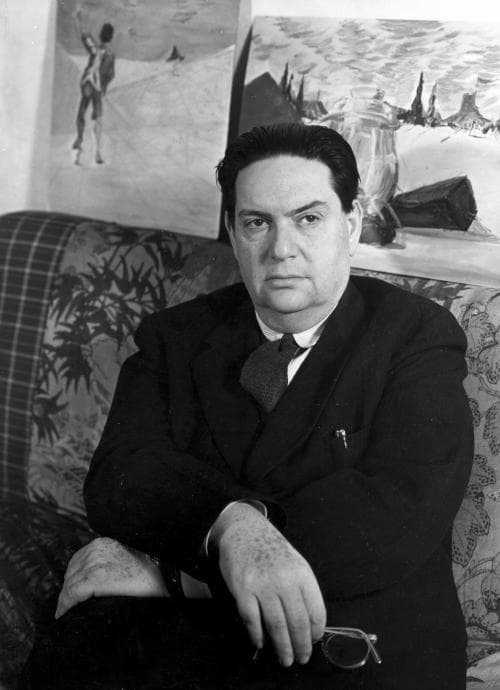
Darius Milhaud
Scaramouche for two pianos is a 1937 joyride that’s like a musical road trip through a Brazilian carnival with a French twist. This three-movement suite, born from Milhaud’s incidental music for a play about a mischievous commedia dell’arte character, is a dazzling display of pianistic teamwork.
The two pianos trade snappy riffs and jazzy rhythms like a pair of old friends riffing at a café, and the opening “Vif” is one of Milhaud’s cheekiest movements. After some dreamy melodies in the “Modéré”, it’s a full-on party in the concluding “Brazileira.” This is surely one of Milhaud’s most colourful, playful, and polished scores.
Milhaud’s 10 most colourful scores are a vibrant testament to his ability to blend jazzy exuberance, Brazilian rhythms, and French finesse into music that pops like a confetti cannon. These works paint a sonic rainbow that’s as eclectic as it is infectious. It invites us to dance, dream, and laugh as Milhaud turns his scores into a kaleidoscope of pure emotion and joy.
For more of the best in classical music, sign up for our E-Newsletter

